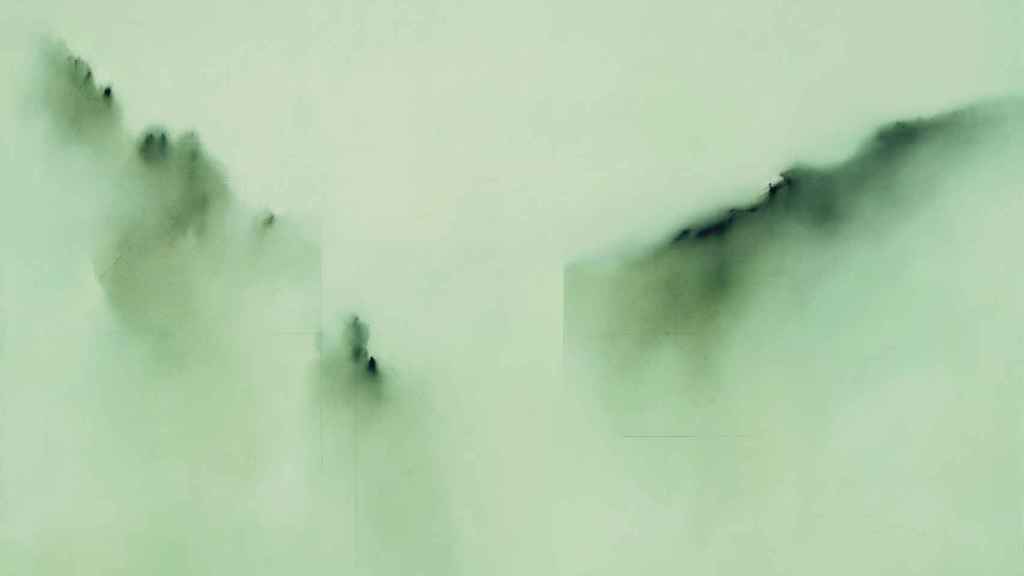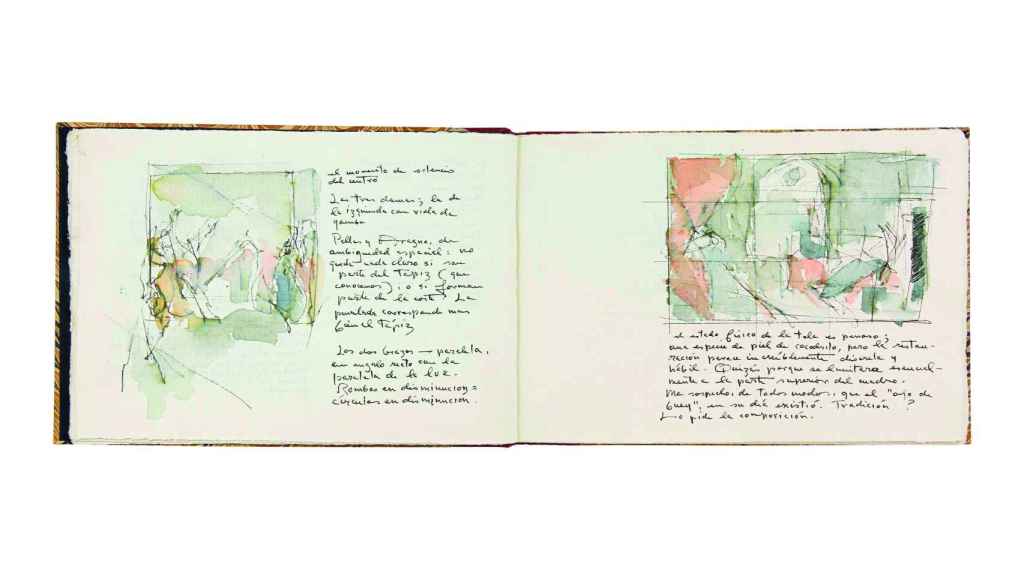Advertisements
[ad_1]
The Museo del Prado opens a dialogue with contemporary art through an exhibition of great interest, which presents and recovers in all its complexity the figure of Fernando Zóbel (1924-1984), one of the central personalities of 20th century Spain than It is known as “abstract art”. This dialogue has as its main justification the interest and continuous work with reference artists in art historywith whom he considered “masters”, which Zóbel maintained throughout his career.
Born in Manila, into a Spanish family that owned an important textile industry, Fernando Zóbel traveled from the beginning to the Philippines, Spain and Switzerland. Although his parents settled in Madrid in 1933, at the beginning of the Civil War they returned to the Philippines, and there all the incidents of the Second World War also affected them intensely.
The stage of specific individual development had a relevant root in his move to the United States in 1946 to study Philosophy and Literature at Harvard University, where he would graduate in 1949 with a thesis on the theater of Federico García Lorca.

'La vista XXVI', 1974. Juan March Foundation Museum, Palma
Travel and the desire to study human experiences in depth determined his entire career, which from graduation began intensely in the practices of drawing, engraving and painting. His first artistic exhibition took place in Manila in 1953. His interest in archeology and anthropology also stands out in his work horizon. Among his reference readings are Claude Lévi-Strauss and Walter Benjamin.
His first exhibition in Spain took place in 1959 in Madrid, at Galeria Biosca, directed by Juana Mordó. And in 1961 he decided to establish his permanent residence in Madrid, becoming one of the most relevant promoters of a new conception of artistic work as a renewed practice and in search of a new future.
His perspective also opened up to the new cultural references that he discovered during his stays and continuous travels to the United States and various places in Europe.
This horizon would come to fruition, after a process of research in various parts of Spain, with the founding in 1966 in Cuenca, of the Museum of Spanish Abstract Art, something possible due to the growing importance of the collections that Zóbel was gathering and his sensitivity towards the need to also bring art from the time in which it was experienced to the museum institution. A significant fact is that before settling in Madrid, in 1960 in Manila he founded the Athenaeum Art Galleryalso a contemporary art institution.
The label “abstraction” would mark the way of locating and recognizing an entire generation of artists who reached a level of high quality in the second half of the 20th century in Spain. However, as I have already indicated on other occasions, I consider it to be an inadequate term for what it wants to express. It spread from Germany in the first decades of that century to the rest of Europe and then to the United States, until it became a general reference.
But if we think deeply about the matter, abstraction is present throughout history in all variants of great art. As an example, I consider that there is no painting with a greater degree of abstraction than that found in The girlsby Velázquez. Therefore, despite the common use of the term “abstract art” as a label, I think that theoretically the most correct thing is to distinguish between figurative art and non-figurative art, and that is where the artistic work of Fernando Zóbel is located.

Drawing and notes on 'Las Hilanderas' by Velázquez. Notebook nº 125, 1982. Juan March Foundation
Eternal traveler, brother-in-law a transnational sensitivity. At its roots was the Eastern world, in its variants of meditation and visual expression through writing: he came to learn Chinese calligraphy. And his gaze was also opened to the new cultural references that he discovered during his stays and continuous trips to the United States and various places in Europe, as well as his other contrasting family roots in Spain. There is something extremely relevant here, in him, in his sensitivity: humanity grows and develops in this transnational dimension, which allows us to overcome the closed borders of nationalism.
The end of his life happened precisely during a trip, when in June 1984 he moved to Rome, together with his nephew Pedro Soriano, to visit an exhibition, and there he died of a heart attack. Later, his remains were transferred to Cuenca, where they are found in the Sacramental de San Isidro, a cemetery located in the gorge of the Júcar River, a motif that centered on one of his most beautiful series of paintings.
[Fernando Zóbel, the color of abstract thought]
The remarkable exhibition that we see at the Museo del Prado, which constitutes a new posthumous trip to one of the places he visited most Fernando Zóbel, reconstructs in depth all the creative and sensitive aspects of his complex personality and always open to the knowledge and respect of others. In a note from 1963, Zóbel wrote: “I'm getting my copyist's license (number 342) in Prado. (…) Drawing is a way of seeing them. Clean your eyes and leave the most unexpected things in your subconscious.”
Note down concepts: write. And also annotate drawings: these are the sources that give direction to Zóbel's paintings and flow of thought. All of this is before our eyes in this exhibition, which brings together 42 paintings, 51 notebooks and 85 drawings and works on paper, from Spanish, Philippine and North American collections, with excellent assembly. The tour is organized in five sections and a final complementwith cartoons, posters, photographs, press clippings, graphic materials from exhibitions and books, accompanied by a documentary: Instant memories. Zóbel's notebooks.
It seems decisive to me, as a final synthesis, to remember what Fernando Zóbel noted in 1981, when he placed the “most intimate” axis of his work in the words “teaching and learning. Teaching to see and learning to see”. Fernando Zóbel: the need and importance of knowing how to see, and to do so, travel in space and time, because traveling is knowing.



